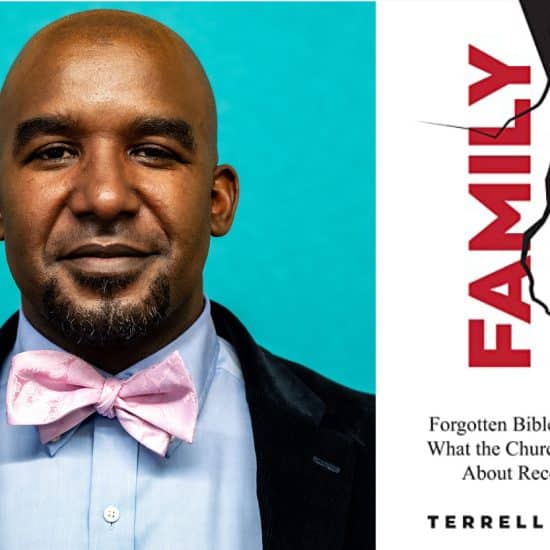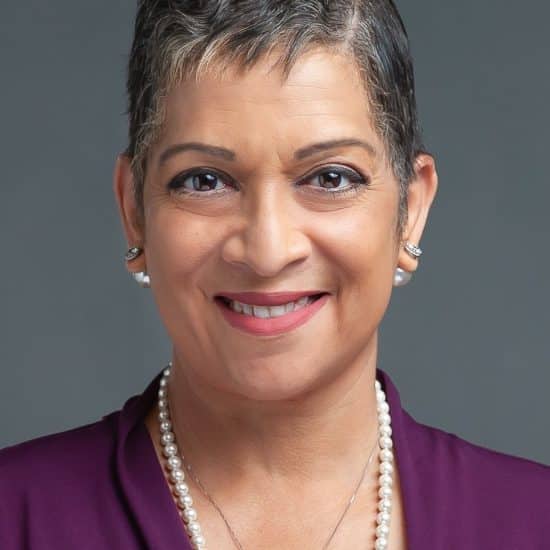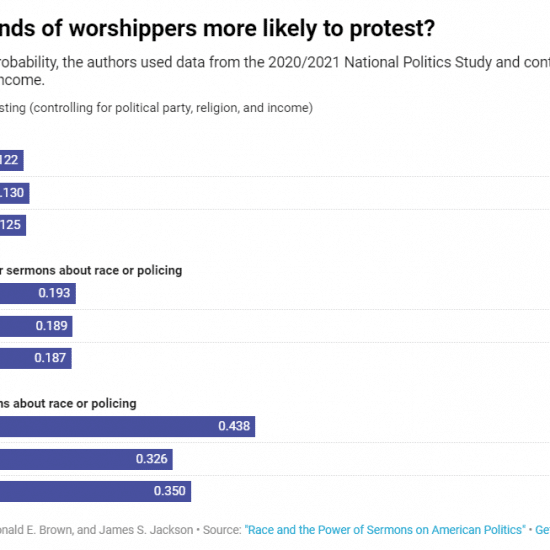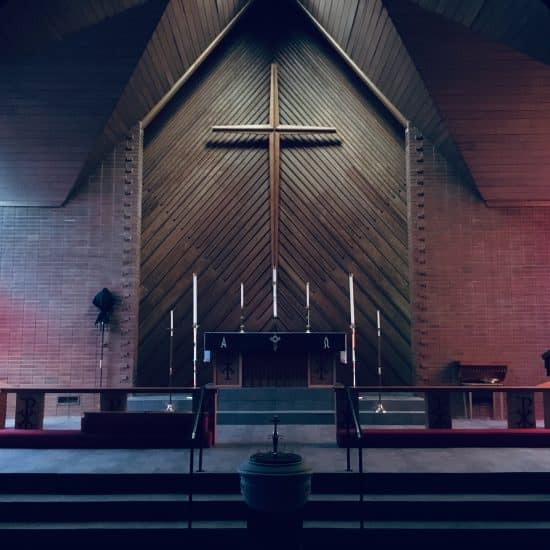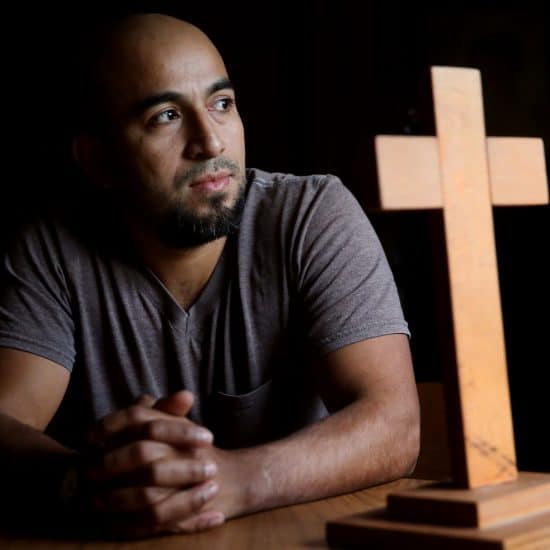By Vicki Brown, Word&Way Associate Editor
Michael Olmsted has approached retirement in the same way he approaches most important decisions in life — with faith and a plan.
And when he steps out of the pulpit at University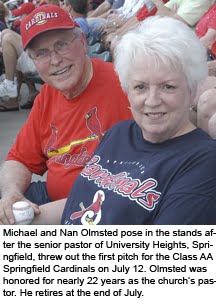 Heights Baptist Church on July 30, the unique plan developed nearly a year ago will make the transition easier for him and the congregation. Olmsted retires after almost 22 years as senior pastor of the Springfield church.
Heights Baptist Church on July 30, the unique plan developed nearly a year ago will make the transition easier for him and the congregation. Olmsted retires after almost 22 years as senior pastor of the Springfield church.
In pastoral ministry since 1963, Olmsted began thinking about retirement a couple of years ago. He determined the "essentials" that needed to be accomplished or in place at University Heights before he would feel at peace about giving up his role.
Olmsted determined the church's bylaws needed to be revised. "The old system for pastor search was cumbersome," he said.
A committee revised them, and members adopted the changes.
He also wanted to see the church building updated and adequate parking areas developed. Both have been accomplished.
"I wanted all that done so the person who follows could concentrate on ministry," Olmsted said.
His last two essentials included filling vacancies and getting a good staff in place and working out a plan for a smooth transition to a new pastor. "Then I sat down with the deacons and discussed the timing," he said.
They agreed to allow him to announce his decision to the church early in the process, letting members know in October that he would leave the following July.
And they worked out a transition that fit the congregation's personality, including calling an interim pastor to begin work before Olmsted preaches his final sermon. Missouri Baptist Foundation president James Smith took on some interim duties on June 1.
The plan allowed Olmsted to give members one last gift. "I felt this was a gift I could give them — the gift of time," he said.
The church has been affiliated with the American and Southern Baptist conventions since it started in November 1945. It has dropped its SBC tie and is aligned with the Cooperative Baptist Fellowship. Members have not been afraid to try new methods — as long as methodology meets people's needs.
Throughout its history, the church's focus has been on meeting needs, Olmsted emphasized. "They had strong convictions…and believed in working with other groups…. They felt it was more important to minister to people than to fight," he said.
"That perspective has continued through every generation…. When the perspective of faith is [to meet needs], then when someone walks in the church, there is the same attitude. It permeates everything you do…and it flavors worship.
"We are deeply committed to being the presence of Christ in the community…caring about the people in their condition."
That concern created an atmosphere at University Heights into which people of all backgrounds and abilities can fit. "Everyone is treated the same. The church doesn't look at where you work, where you live or how many degrees you have. There is a welcoming attitude…that people don't have to fit a certain mold to fit in here," Olmsted said.
And church governance focuses on that individual giftedness. To help members, as well as staff, deal with changes, a transition committee was formed. "The committee was charged with the process to help him retire and in installing the new pastor," deacon chair Ted Brown explained.
Deacons and staff agreed that calling an interim before the pastor left might help reduce the "trauma of change" for the church.
Olmsted's assistant decided long ago she would time her retirement to coincide with the pastor's. "We thought it would be nice to have an interim come in to learn from Michael," Brown said. "And with the executive secretary leaving, we thought it would be nice to have an interim who could help a new person transition.
"We wanted to let the transition begin while Michael was here to facilitate, and it was also a way to help Michael and Nan transition as well."
The church's character and the commitment of deacons and staff made taking the unique approach possible. Olmsted emphasized the congregation's desire to cooperate with all groups and its openness to people of all backgrounds.
Brown also pointed to member diversity and a desire to allow the people to set the church's direction.
"I think it's [the transition] unique in that we have strong feelings about people thinking for themselves and church governance is close to the people," he said. "The transition is in the hands of the people rather than in a staff person or the staff themselves."
And, Brown added, the pastor has emphasized the members' role throughout the process.
At a recent Wednesday service, Olmsted talked about church governance and how the church will continue to function through the transition and when a new pastor comes. He explained how the governing system in place would keep possible power struggles from occurring because that system "belongs to the people," Brown said.
"And he told us, 'Don't be afraid.'"
Olmsted and his wife, Nan, plan to remain members at University Heights but will "disappear" for a while when a new pastor is installed to give the minister and the congregation time to adjust to each other.
While helping members cope with change, the Olmsteds have been preparing themselves.
They have set goals to accomplish during retirement, including fun activities. Olmsted wants to learn to fly fish, and he plans to rekindle his passion for painting. An experienced writer, Nan hopes to do some collaborative efforts with her husband. They also plan to spend lots of time with their family.
Retirement from University Heights does not mean retirement from ministry. Olmsted has trained to be an intentional interim pastor. "I have experience to offer churches," he said.
He is considering other ministry avenues as well, including possibly volunteering at area hospitals.
Although the Olmsteds like to have a plan in place, "we will leave the door open to do some things that will surprise us." (07-27-06)

